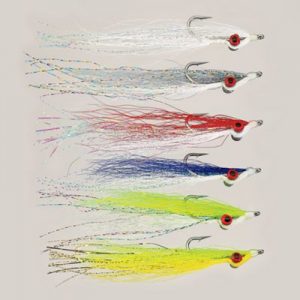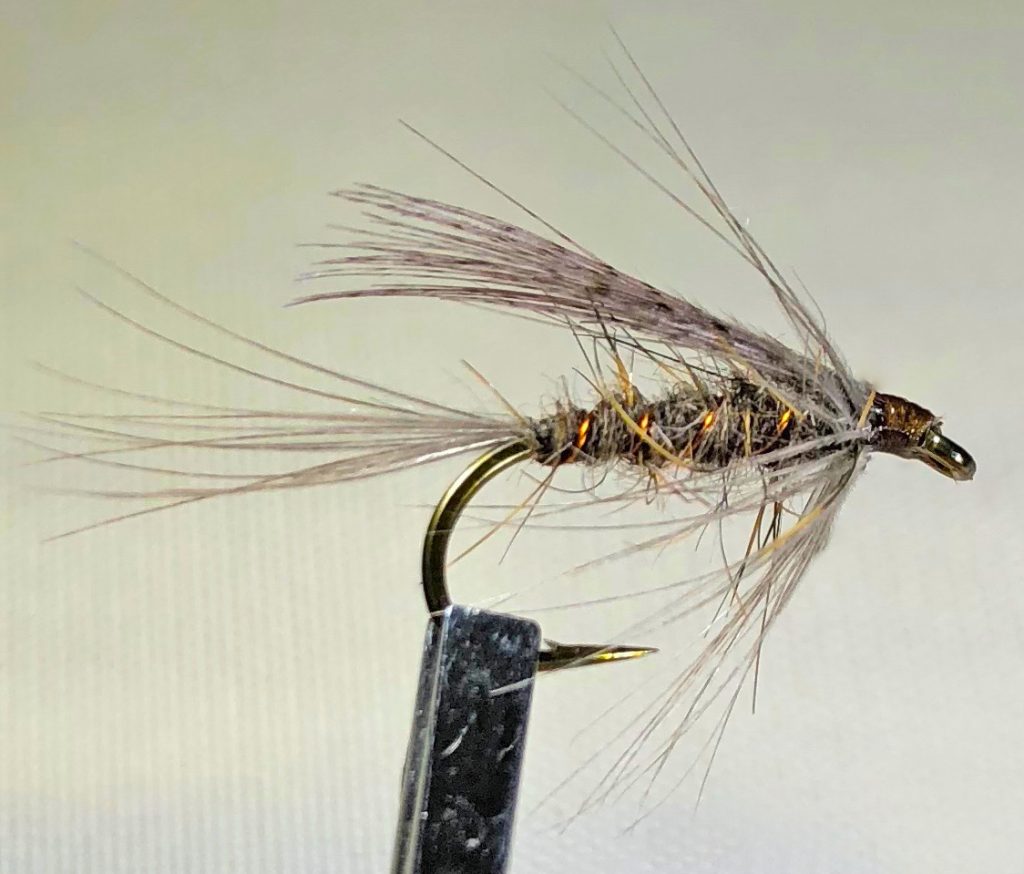It’s nearly impossible to talk about leaders without talking about tippet, and vice versa. However, we could go into an enormous amount of detail on either of them – so much so that it would defeat the intended purpose of a brief monthly article that attempts to provide a simple definition of how particular pieces of fly fishing gear “work.” So, consider this a broad introduction of how the two things work together as part of the overall fly fishing “system.” We’ll talk about each individually in more detail in future articles.
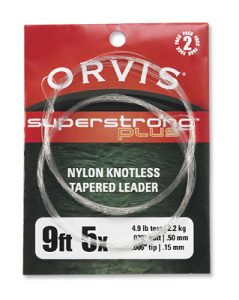
The leader is the monofilament (usually) connection between the weighted fly line and the fly. Most commonly 7’ to 12’ in length, the leader is typically tapered and consists of three parts: the butt, the taper, and the tippet. These parts can be completely separate and easily distinguished in formulated leaders that are created by knotting different diameters of monofilament together. However, most commercially produced leaders are created with an acid process that results in a knotless, seamless taper from top to bottom.
In either case, the butt is the thickest section that attaches to the fly line. Its purpose is to “turn the leader over” with the cast. A leader with no butt, or too thin of a butt, has a tendency to collapse rather than extend and straighten. The tippet is the thinnest part of the leader that attaches to the fly. It is intended to allow the energy of the cast to dissipate, resulting in a cast that doesn’t crash on the water. The tippet also allows for a less visible connection to the fly. The taper is the section between the butt and tippet that provides a smooth, progressive transfer of energy. A leader with a thick butt tied directly to thin tippet has a tendency to “hinge.”
Leaders are primarily sized by their length and tippet size. So, if you purchase a 9’ 5x leader, it has a tippet size of 5X and its overall length is 9’. As a general rule, longer leaders are advantageous for not only creating more distance between fly line and fly, but for achieving better drifts in “technical” currents. However, they are more difficult to cast and more prone to find overhanging limbs! A shorter leader can allow for more accuracy in tighter areas.
The tippet is sized by its diameter and is indicated by a number followed by an “x.” The bigger the number, the smaller the tippet, so a 6X tippet is considerably smaller than a 2X tippet. Without getting too deep into the history of what now seems a rather antiquated system, it all works off the number 11. If you subtract the tippet size from 11, you get the actual diameter measured in thousandths of an inch. For instance, 6X tippet is .005”. It works in reverse too. If the actual diameter of the monofilament is .007”, the tippet size is 4X: 11-7=4. Pretty weird, huh?
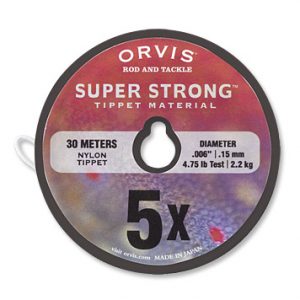
You don’t need to know all of that, though. Just know that the tippet size should typically be chosen based on the fly size. Small flies should have small tippets and big flies should have big tippets. Some leader packages will have cross-reference charts on the back indicating which tippet sizes match which fly sizes. Another neat trick is to divide the fly size by 3. So a size #12 fly would best match a size 4X tippet. Could you use a 5X tippet on a #12 fly? Absolutely. This is just a guideline. But the farther you stray from the guideline the more problems you’ll encounter.
In addition to being part of the leader, tippet can be purchased by itself on spools. Tippet material can be pulled from the spool and spliced to the leader with a knot to rebuild or alter the leader. For instance, if you start the day with a 9’ 5X leader and you change flies a few times or break off in a tree, your tippet gets shorter and shorter. You can add tippet from a spool when this happens to build the leader back to its original size.

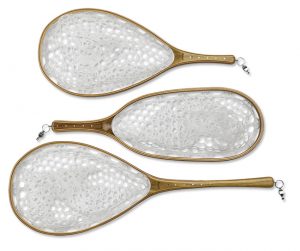
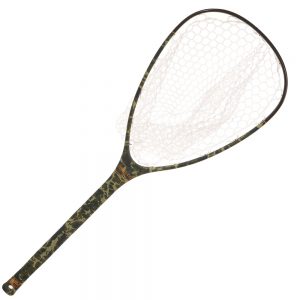
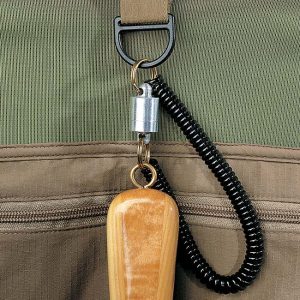
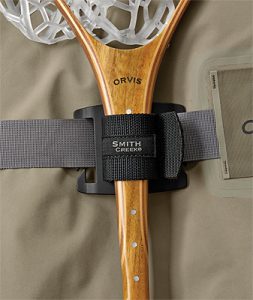
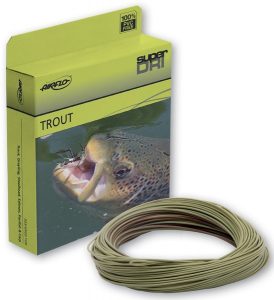 In fly fishing, we’re using virtually weightless flies, many designed to float on the surface of the water. Even weighted flies that are designed to sink don’t have enough weight to carry themselves any sort of distance. We use the fly line for that. In essence, the fly line replaces the weight of a lure. When spin fishing, a weighted lure carries a weightless line when cast. In fly fishing, a weighted line carries a weightless lure.
In fly fishing, we’re using virtually weightless flies, many designed to float on the surface of the water. Even weighted flies that are designed to sink don’t have enough weight to carry themselves any sort of distance. We use the fly line for that. In essence, the fly line replaces the weight of a lure. When spin fishing, a weighted lure carries a weightless line when cast. In fly fishing, a weighted line carries a weightless lure.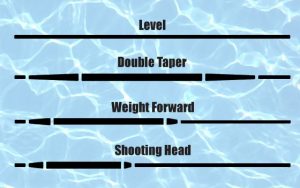
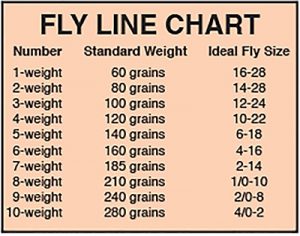

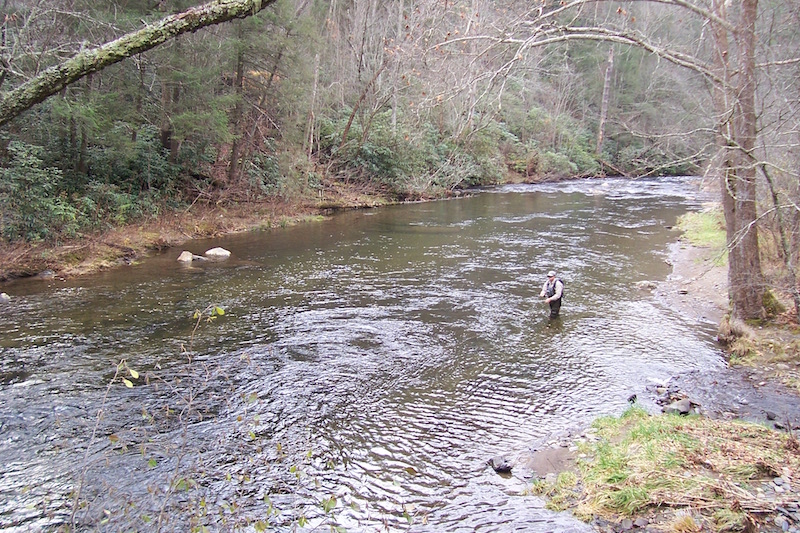

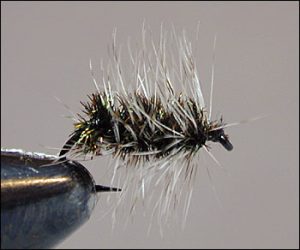
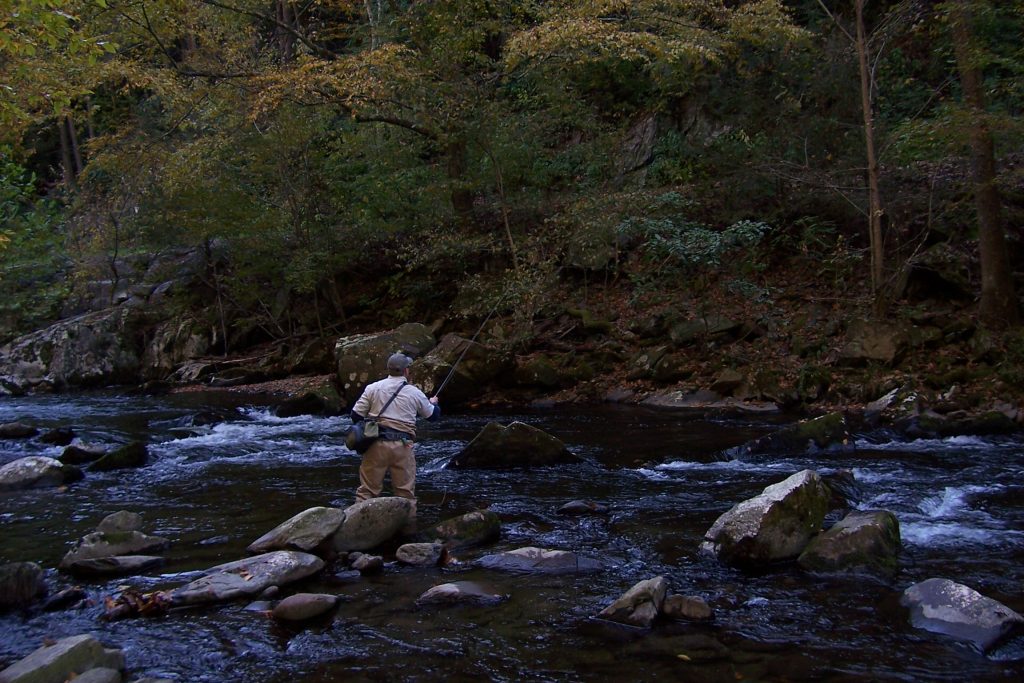 Check out the photo above – a typical stretch of water in the Smokies. You can easily see the numerous changes in current speed and direction in just this small area. Rather than standing at the bottom right of the photo and casting 40-50 feet to the top left of the photo, our angler is intelligently breaking this stretch into defined sections. He has likely already fished the water below, to his left, and right in front of him. Notice he has his rod high, keeping the line off the current directly in front of him, and allowing the fly to drift nicely in the current breaking around the right of the boulder. Next, he will likely step up to the boulder and fish that large pocket above it. Well done!
Check out the photo above – a typical stretch of water in the Smokies. You can easily see the numerous changes in current speed and direction in just this small area. Rather than standing at the bottom right of the photo and casting 40-50 feet to the top left of the photo, our angler is intelligently breaking this stretch into defined sections. He has likely already fished the water below, to his left, and right in front of him. Notice he has his rod high, keeping the line off the current directly in front of him, and allowing the fly to drift nicely in the current breaking around the right of the boulder. Next, he will likely step up to the boulder and fish that large pocket above it. Well done!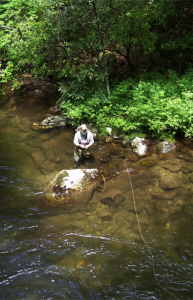 The angler in this photo is also doing a good job with a little more line out. Notice he is concealing himself behind a boulder and his rod is help upward, keeping the current lip in front of him from grabbing the line. The line that is on the water is all in the same current speed. Again, well done!
The angler in this photo is also doing a good job with a little more line out. Notice he is concealing himself behind a boulder and his rod is help upward, keeping the current lip in front of him from grabbing the line. The line that is on the water is all in the same current speed. Again, well done!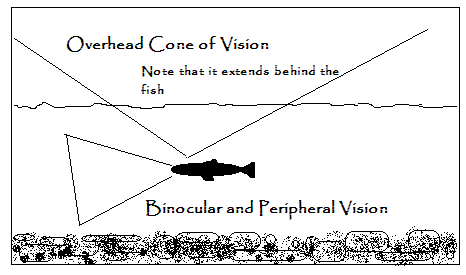
 One of the most significant factors that determines how, when, or even IF a trout feeds, is water temperature – at least with wild trout. Stocked trout are raised in hatcheries and fed every day, so they are used to eating every day. Water temperature can impact the way they feed but not nearly to the extent it does a wild trout.
One of the most significant factors that determines how, when, or even IF a trout feeds, is water temperature – at least with wild trout. Stocked trout are raised in hatcheries and fed every day, so they are used to eating every day. Water temperature can impact the way they feed but not nearly to the extent it does a wild trout.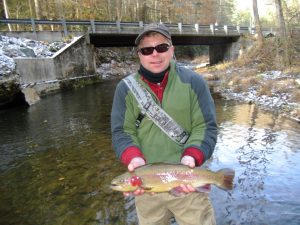
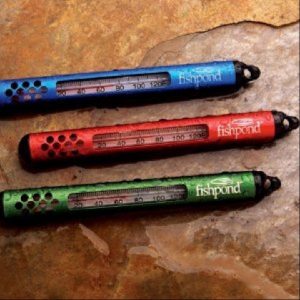

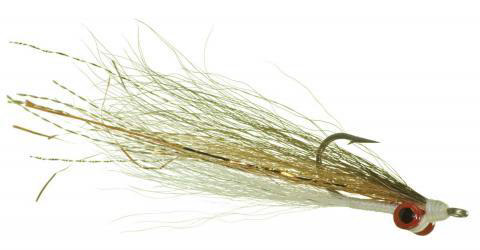 In freshwater or salt, one of the best baitfish patterns around…. I recently went to Perdido Key, FL on vacation. Once a year, my wife and I take a beach vacation somewhere, usually with another couple. And while these trips are more about relaxation and socializing, I always try to work in at least a little fishing, sometimes with a guide. I didn’t know much about this area and never really even took time to research, so I just packed some gear and planned to figure it out when I got there.
In freshwater or salt, one of the best baitfish patterns around…. I recently went to Perdido Key, FL on vacation. Once a year, my wife and I take a beach vacation somewhere, usually with another couple. And while these trips are more about relaxation and socializing, I always try to work in at least a little fishing, sometimes with a guide. I didn’t know much about this area and never really even took time to research, so I just packed some gear and planned to figure it out when I got there.